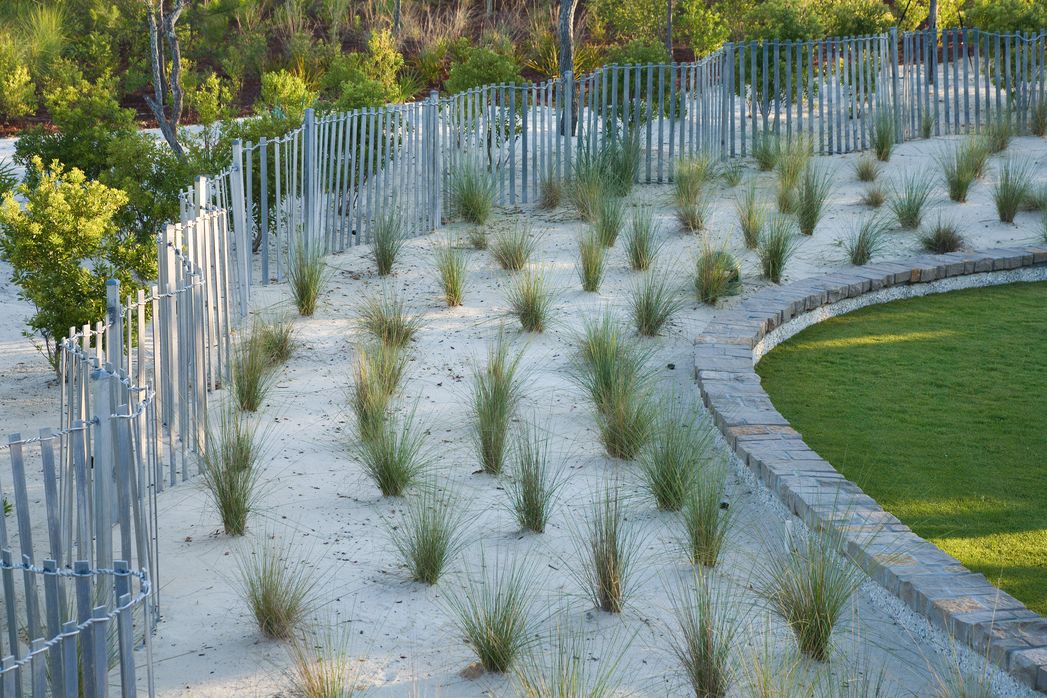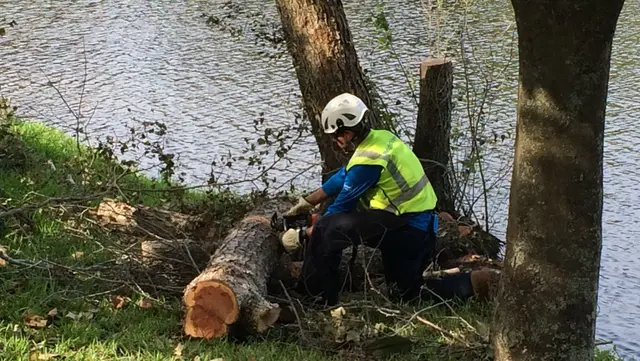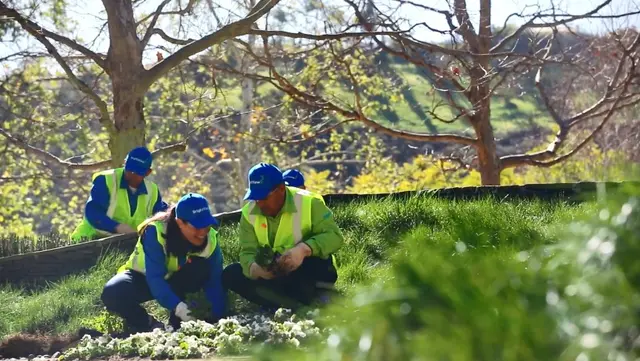
How to Create a Salt Tolerant Landscape
There’s nothing like the spray of a crisp ocean breeze. Some plants, however, don’t share the same feeling. Why? Because in addition to the already high salt content in the soil, wind can carry salt, creating a situation that’s untenable for many plants. If you’ve noticed your landscape giving you salty looks, here’s what you should know.
Why Excess Salt is Problematic

If you live in a coastal area, you’ve probably heard the soil described as “salty,” meaning it has a high sodium content. Too much salt can make it difficult for plants to absorb water properly. In fact, it can cause the plant to secrete water instead. Plants that are not well suited for high salinity will display leaf burn or leaf drop and eventually die.
Hurricane season compounds this issue, with high winds and the threat of flooding that could submerge your landscape in saltwater. While coastal communities are beautiful environments, plants need to be tough to survive.
Salt-tolerant Plants
The good news is there are a variety of salt-tolerant plants that are well-suited for the coast, and you won’t have to sacrifice color or variety. Some are even tough enough for areas directly adjacent to the beach. As the name suggests, most dune grasses can thrive in even the saltiest environments. The same goes for shrubs like bay cedar and sea lavender. For a boost of color, try daylilies, beach rose, lantanas, or a prickly pear cactus.
If you’re in an area that not’s subject to heavy flooding and receives less salt spray, take a look at yaupon, marlberry, coco plum, wax myrtle, and mound lily yucca.
Salt-tolerant Trees
It likely comes as no surprise that saw palmettos don’t mind salt. But those aren’t your only options. Seagrape, buttonwood, saltbush, and white mangrove are all tolerant of high-salinity. For palms, consider a silver palm or a cabbage palm.
Properties not directly on the beach could also try golden fig, fiddleleaf, southern magnolia, or sweet acacia. All have moderate salt tolerance.
Plants with Low Salt Tolerance
Thankfully, you don’t have to forgo plants with low salt tolerance simply because you live in a coastal community. The solution is container planting, which gives you greater control over conditions through the potting soil and the ability to move the pot to sheltered locations. If a container plant does receive too much salt, the soil can be flushed to remedy the issue.
These are just a few suggestions for coastal properties. While we’ve listed many high salt-tolerant plants here, there are other options with moderate and low salt tolerance that may work for your property depending on location, hardiness zone, and environmental factors. Your landscape partner can help you navigate your choices to create a landscape that turns salty into sweet.



